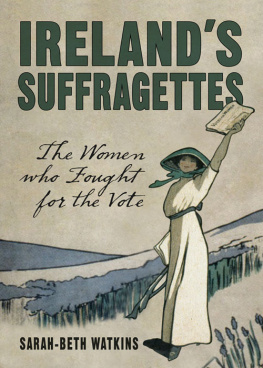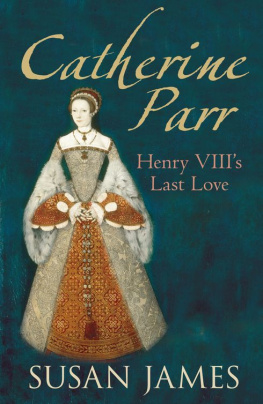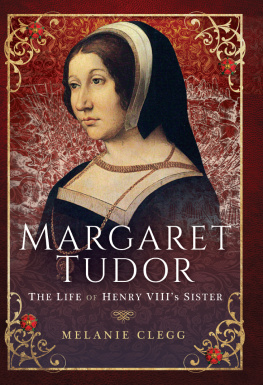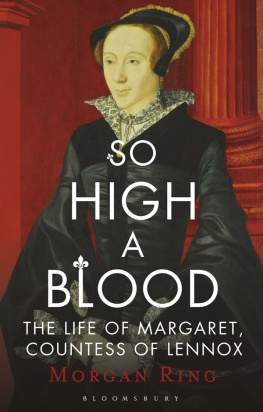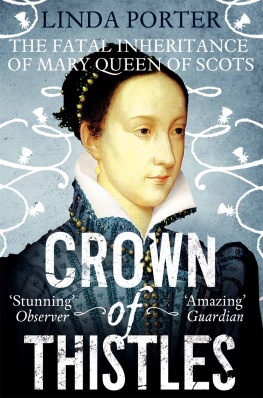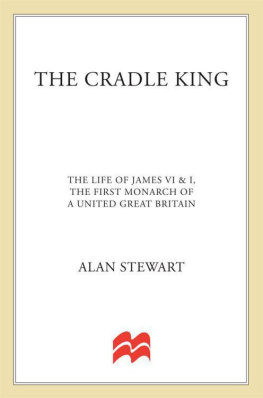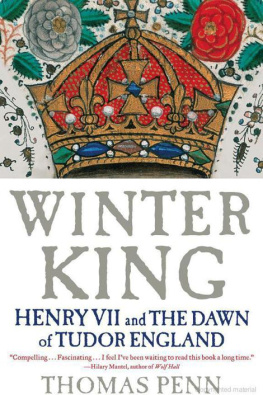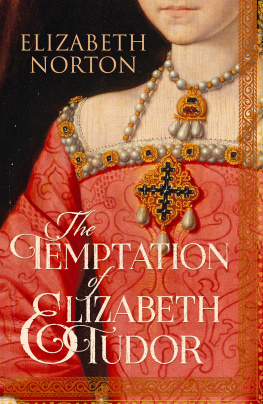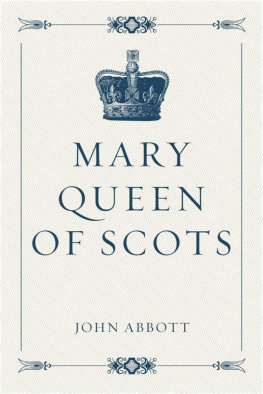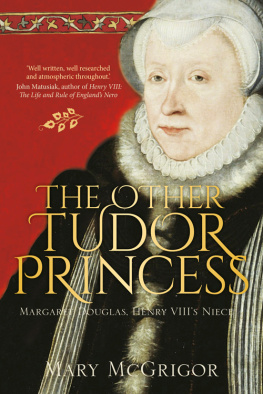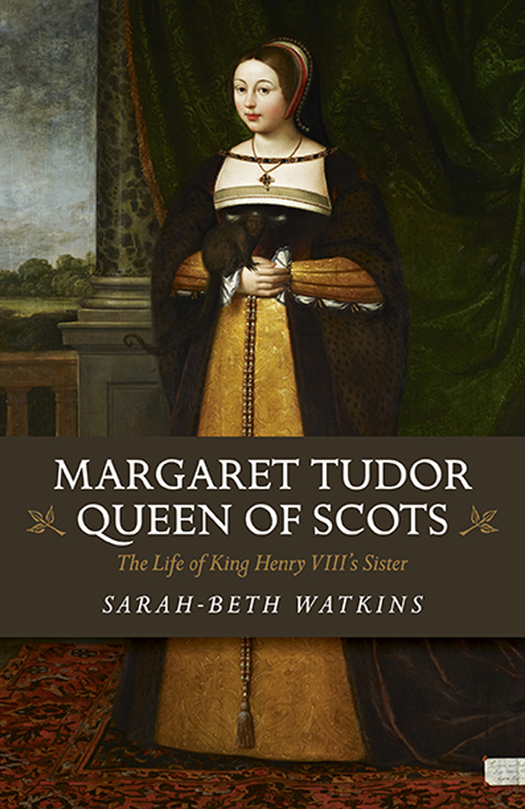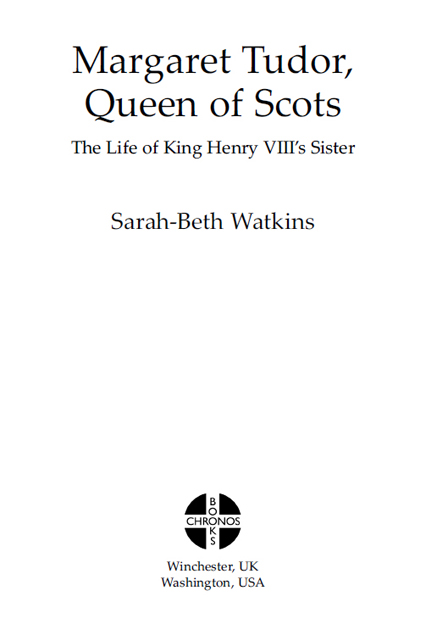First published by Chronos Books, 2017
Chronos Books is an imprint of John Hunt Publishing Ltd., Laurel House, Station Approach, Alresford, Hants, SO24 9JH, UK
www.johnhuntpublishing.com
For distributor details and how to order please visit the Ordering section on our website.
Text copyright: Sarah-Beth Watkins 2016
ISBN: 978 1 78535 676 6
978 1 78535 677 3 (ebook)
Library of Congress Control Number: 2017931223
All rights reserved. Except for brief quotations in critical articles or reviews, no part of this book may be reproduced in any manner without prior written permission from the publishers.
The rights of Sarah-Beth Watkins as author have been asserted in accordance with the Copyright, Designs and Patents Act 1988.
A CIP catalogue record for this book is available from the British Library.
Cover image by kind permission of the Royal Collection Trust/ (copyright symbol) Her Majesty Queen Elizabeth II 2017.
Design: Stuart Davies
Printed and bound by CPI Group (UK) Ltd, Croydon, CR0 4YY, UK
We operate a distinctive and ethical publishing philosophy in all areas of our business, from our global network of authors to production and worldwide distribution.
Books by Sarah-Beth Watkins
Catherine of Braganza
The Tudor Brandons
Lady Katherine Knollys: The Unacknowledged Daughter of King Henry VIII
Irelands Suffragettes
Books for Writers:
Telling Lifes Tales
Life Coaching for Writers
The Lifestyle Writer
The Writers Internet
Chapter One
The Early Years
14891502
The old palace of Westminster was alive with the news that King Henry VIIs queen had given birth to a healthy daughter. Following the birth of their first child Prince Arthur in 1486 the king had hoped for another son but no matter, they were still young and more children would follow. Lady Margaret Beaufort, the kings mother, had taken charge of the queens lying-in. A formidable force in the early Tudor court, she had even written a set of protocols for Arthurs birth that set out exactly how a royal child should be brought into the world.
Lady Margaret ensured Elizabeth of York had spent nearly a month in confinement surrounded by hangings of riche Clothe of blew Arras, with Flourdeliffis of Golde and with a bed and pallet covered by a canopy of gold cloth embroidered with the red roses of Lancaster. All the tapestries depicted flowers and symbols, no images of people were allowed lest they scare the queen during labour. In a time where superstition was rife, religious relics adorned a small altar to guarantee a smooth birth and with all the preparations made, Elizabeth was safely delivered of an auburn-haired princess at nine oclock in the evening on 29 November 1489. The babys grandmothers, Lady Margaret and Elizabeth Wydeville, were in attendance as Margaret Tudor came into the world, aided by a midwife, Alice Massey, who was paid a handsome 10 (around 4800) for her services.
This new daughter of the now joined Houses of Lancaster and York was baptised on the feast day of St Andrew an auspicious omen for one whose life would become entwined with Scotland. Wrapped cosily against the winter chill, Margaret knew nothing of her future as officers of arms led the procession from the queens chamber to the chapel at Westminster. Anne Fiennes, Marchioness of Berkeley, carried the little princess, escorted by the Earls of Arundel and Shrewsbury, closely followed by Queen Elizabeths sister Anne, holding the babys richly laced chrisom. Many more nobles escorted them including Viscount Wells carrying a gold salt cellar and the Earl of Kent with a pair of gilt basins, gifts for the new princess.
They were met at the chapel by John Alcock, Bishop of Ely, who baptised the baby Margaret in the impressive silver font loaned from Canterbury Cathedral that had been lined with fine linen cloth of Rennes, watched by her godparents; her grandmother Lady Margaret, the Duchess of Norfolk, the Archbishop of Canterbury and the Earl of Shrewsbury. Over 120 torches were lit and the little chapel suddenly blazed with light. As trumpets sounded, Margaret was taken back to her room and settled into her oak cradle padded with ermine and covered with a canopy of cloth of gold, to be looked after by her personal governess Lady Guildford, nurse Alice Davy, two cradle rockers Anne Maylande and Margaret Troughton, and Alice Bywymble, her day-wife. Oblivious to the fussing around her the new princess slipped back into sleep.
These early days were spent in the sprawling rooms at the old palace of Westminster until an outbreak of the measles forced the court to move to Greenwich for the Christmas season, and Margaret was soon moved to her own nursery in at Sheen, a favourite residence of her fathers next to the Thames. For the time being the nursery belonged to her alone. Her older brother, the three-year-old Arthur, newly created Prince of Wales and heir to the throne, had his own household at Farnham Palace in Surrey and even though they were raised apart he would always have a soft spot for his younger sister.
Margaret was a child adored by her family but her mother was often ill or pregnant as she was growing up. The princess became closer to her father who although appearing as a stern and strict monarch showed affection for a child who would come to share his love of music and hunting. Lady Margaret Beaufort, the princesss namesake and grandmother, took charge of her day-to-day care and education, hoping her granddaughter would grow up to be as pious and educated as herself. This remarkable woman and mother of Henry VII had fought for long hard years for her son to be placed on the throne. Now in her later years she often took charge at court organising the queens other laying-ins and standing in for her while she was indisposed.
Margarets mother doted on her and made frequent trips to the nursery when she could, but Elizabeth was confined again for the birth of her next child, this time at Greenwich, in June 1491. At the end of the month, Henry Tudor was born and a sumptuous nursery was prepared at Eltham for both of the younger royal siblings. They were joined in 1492 by the Princess Elizabeth, born in July at Sheen. Henry came to dominate the nursery, overindulged by the all-female staff who doted on him. He was the spoilt younger brother whom everyone loved and adored, annoying and amusing his older sister in equal measure.
No longer fussed over, Margaret still had her chance to shine. At a three-day celebratory joust held in honour of Henrys creation as Duke of York in 1494, she had her first official public role giving out the prizes. The knights undertook the said enterprise, specially for the pleasure of their redoubted lady and fairest young princess who, soon to be five, handed out diamond and ruby rings to the victors handed to her by her mothers ladies, Elizabeth Stafford, Anne Percy and Anne Neville.
Little Elizabeth was kept in the nursery too ill and too young to be out in public. In September she died of a wasting disease and the nursery was all the quieter for Margaret and Henry. Their parents held an extravagant funeral befitting the little royal costing around 150,000 in todays money and she was buried in state at Westminster Abbey. Her loss was felt keenly but the nursery soon had a new occupant. Princess Mary was born on 18 March 1496 and joined her older brother and sister. Two other children Edward born in 1500 and Edmund possibly born in 1501 did not survive infancy.


